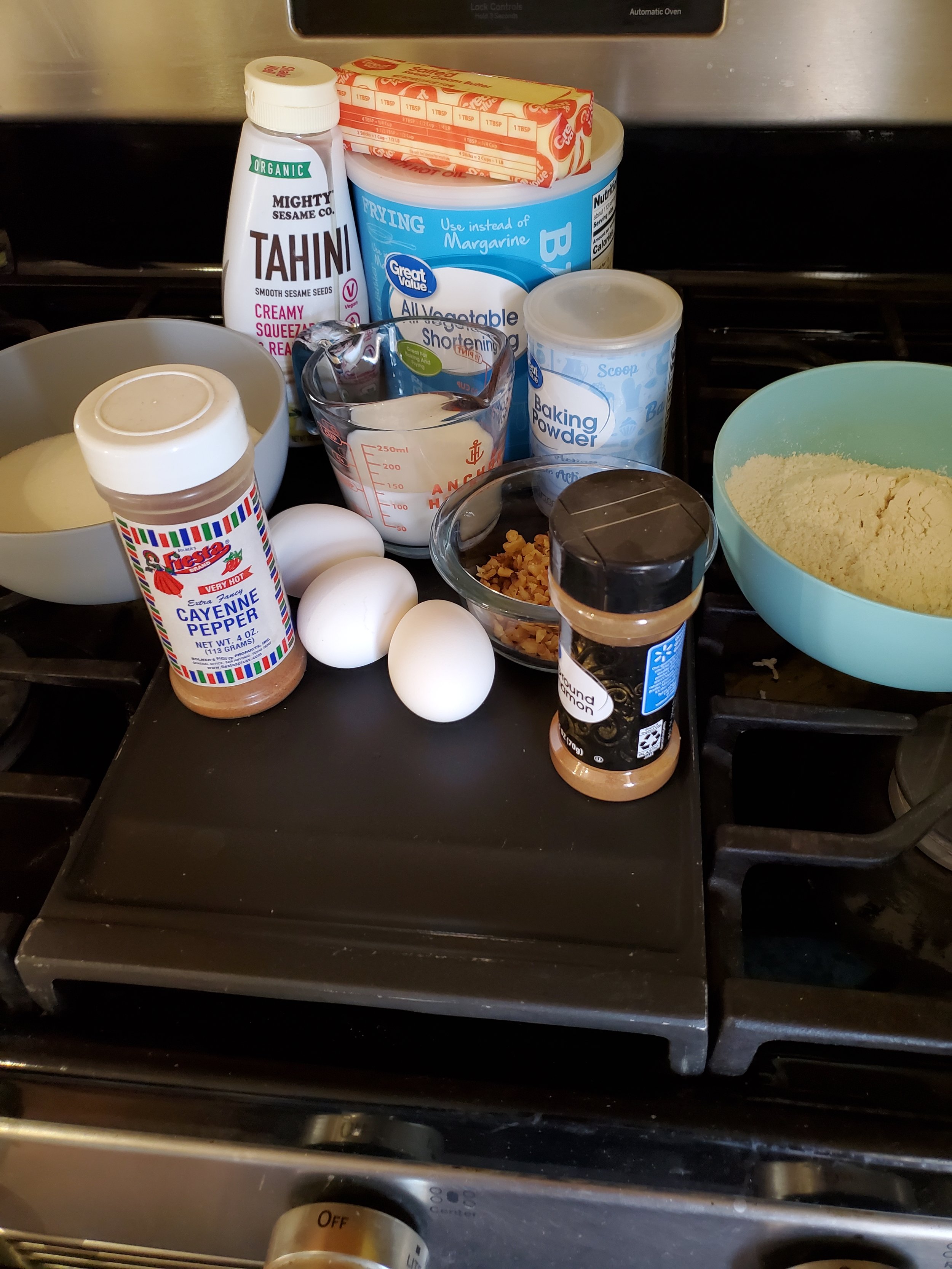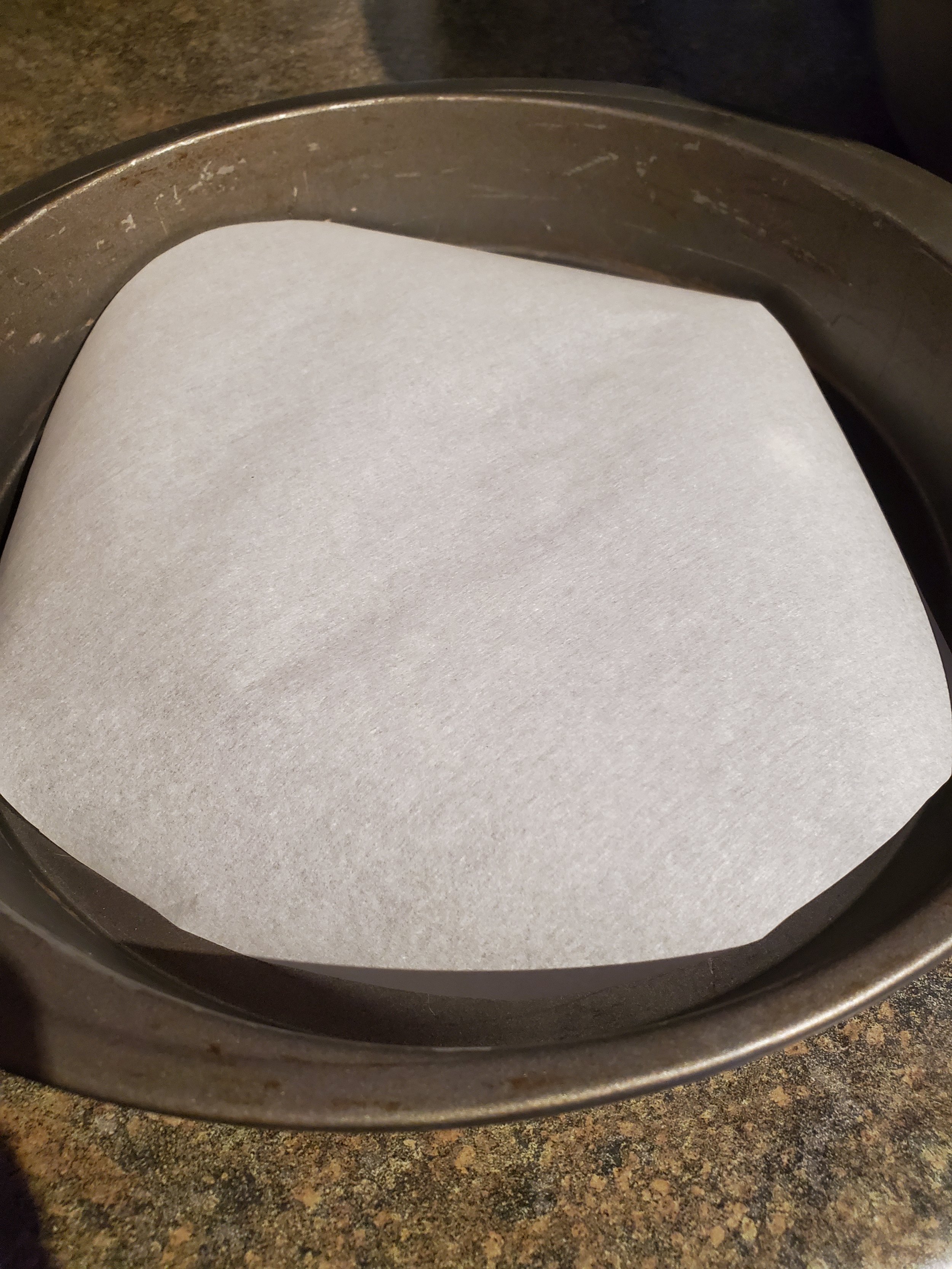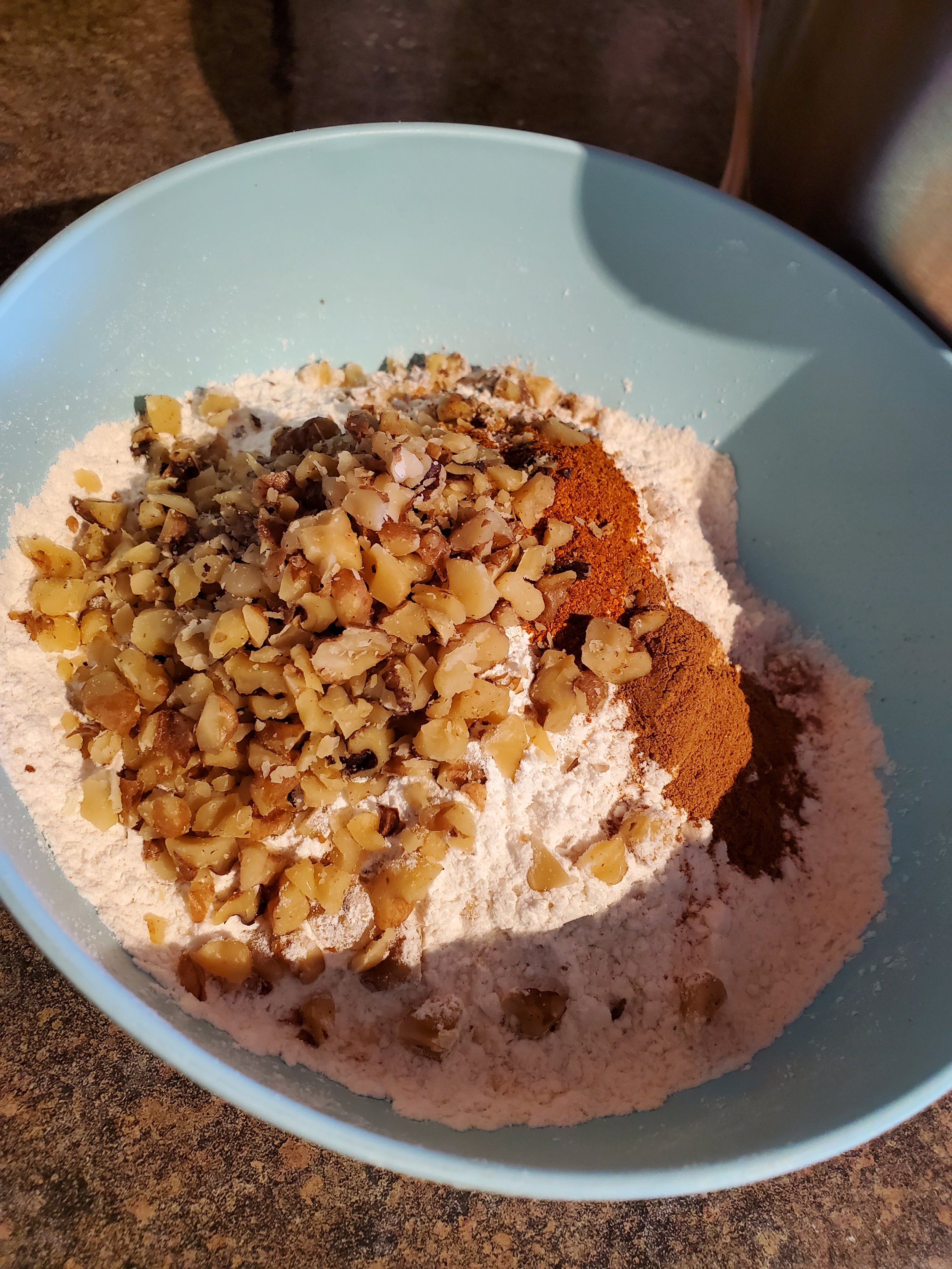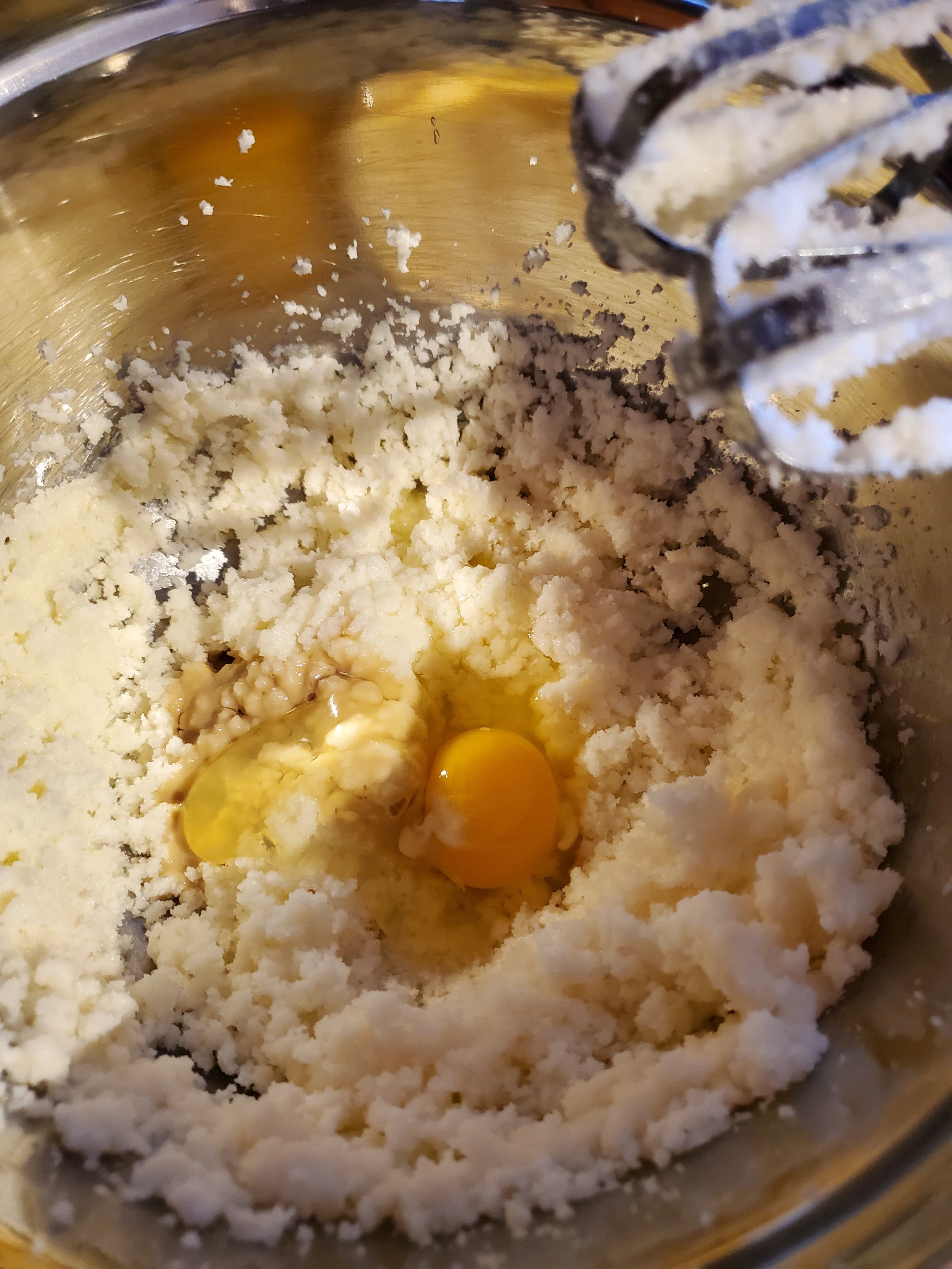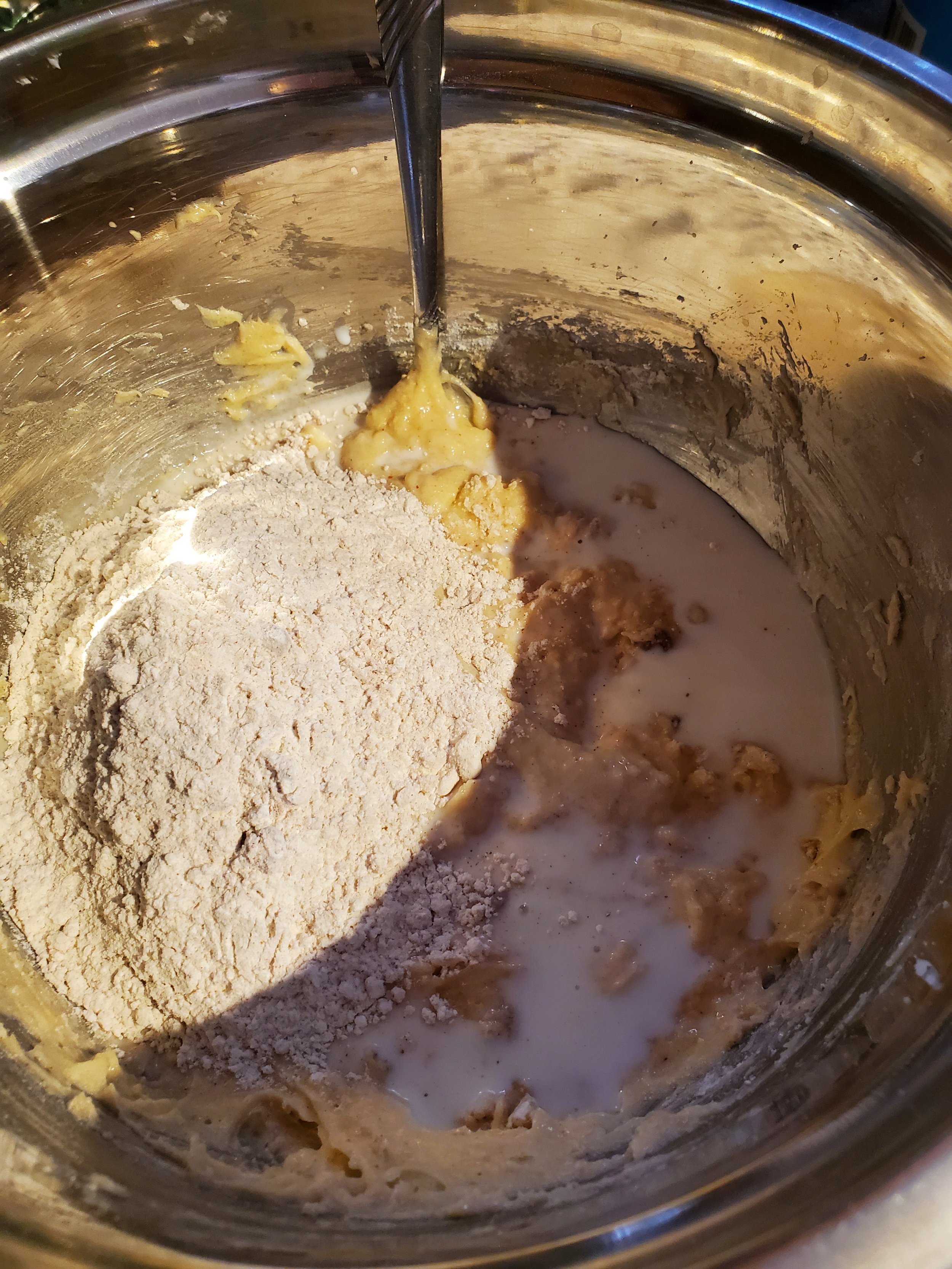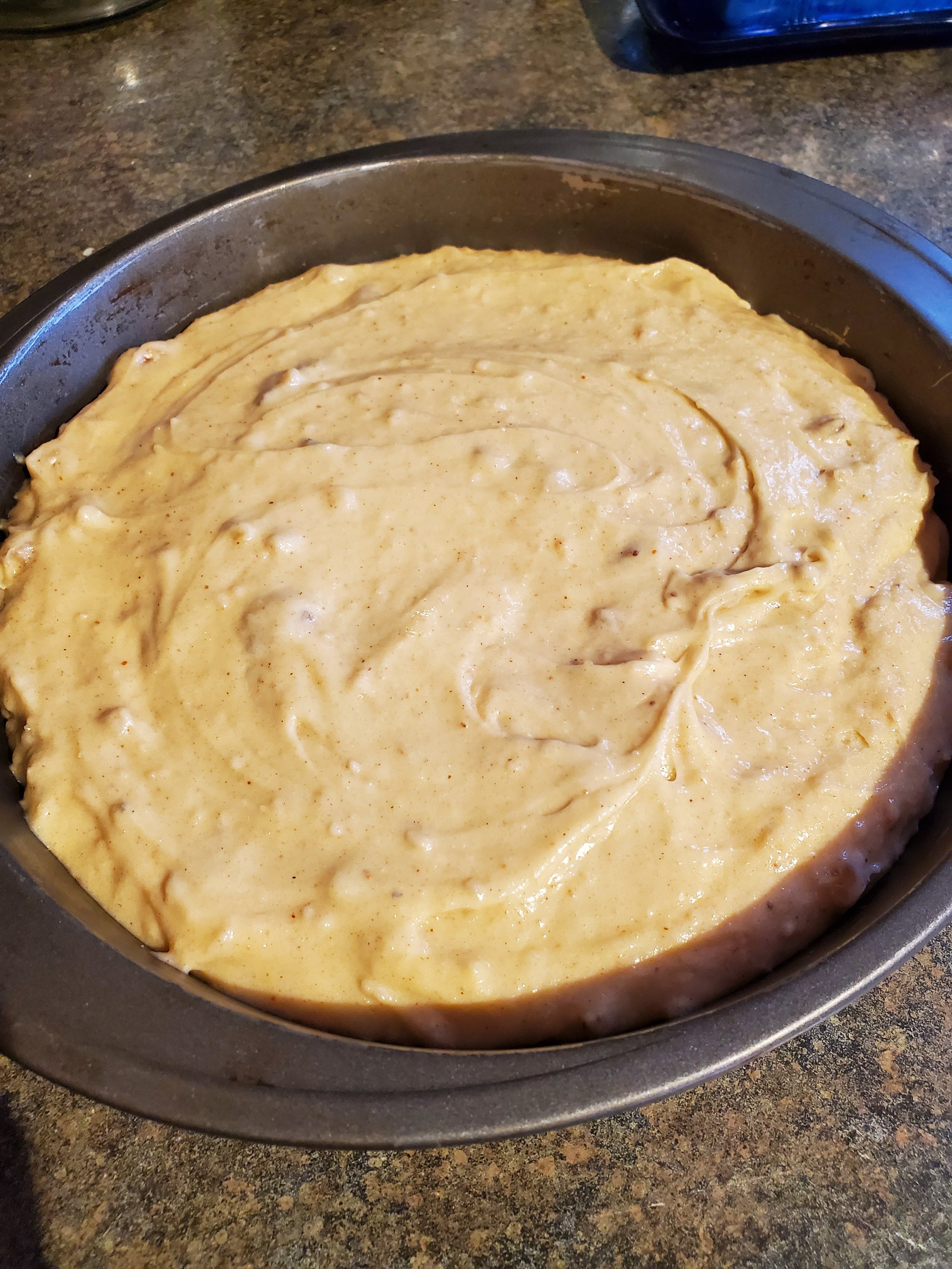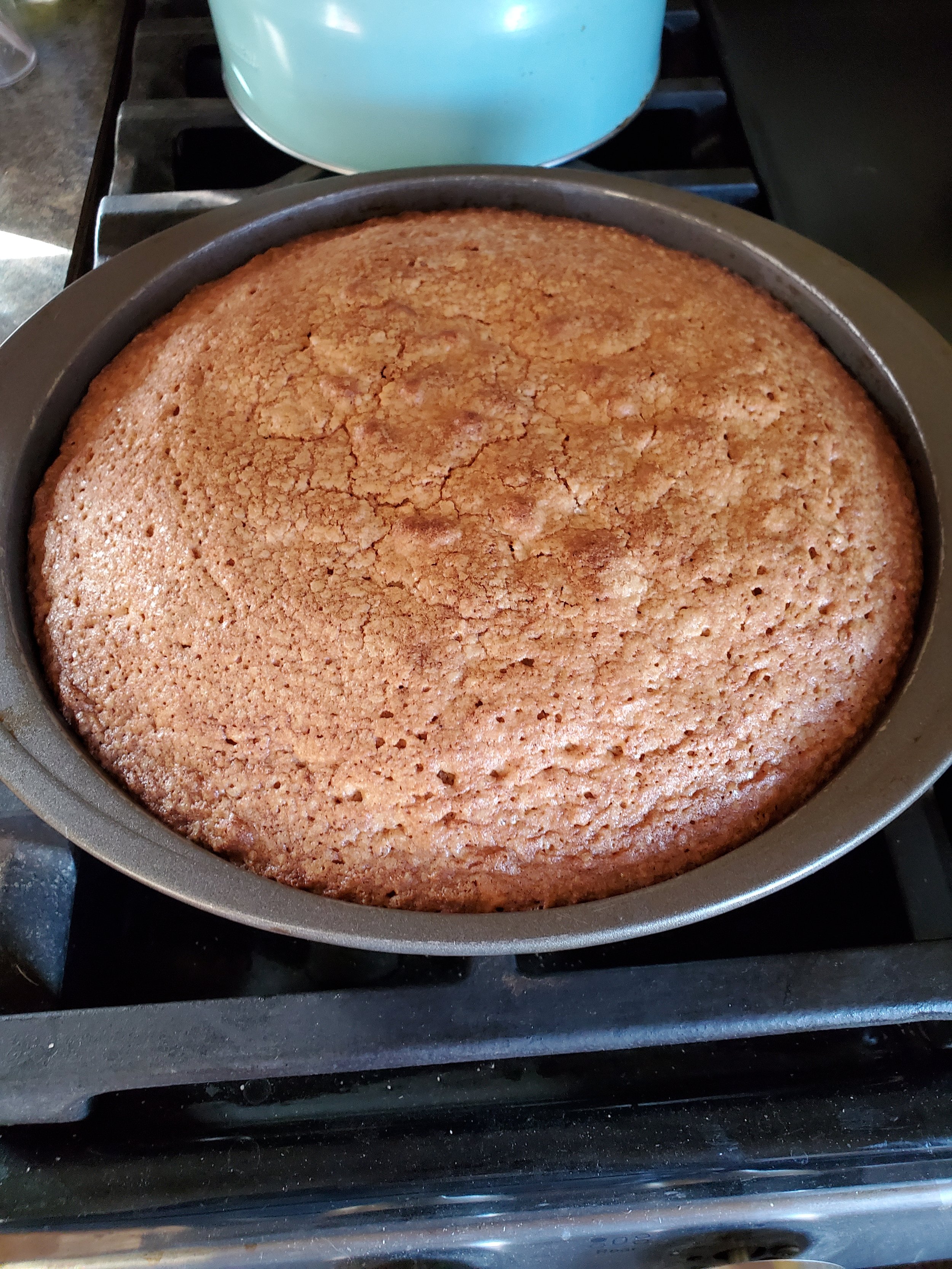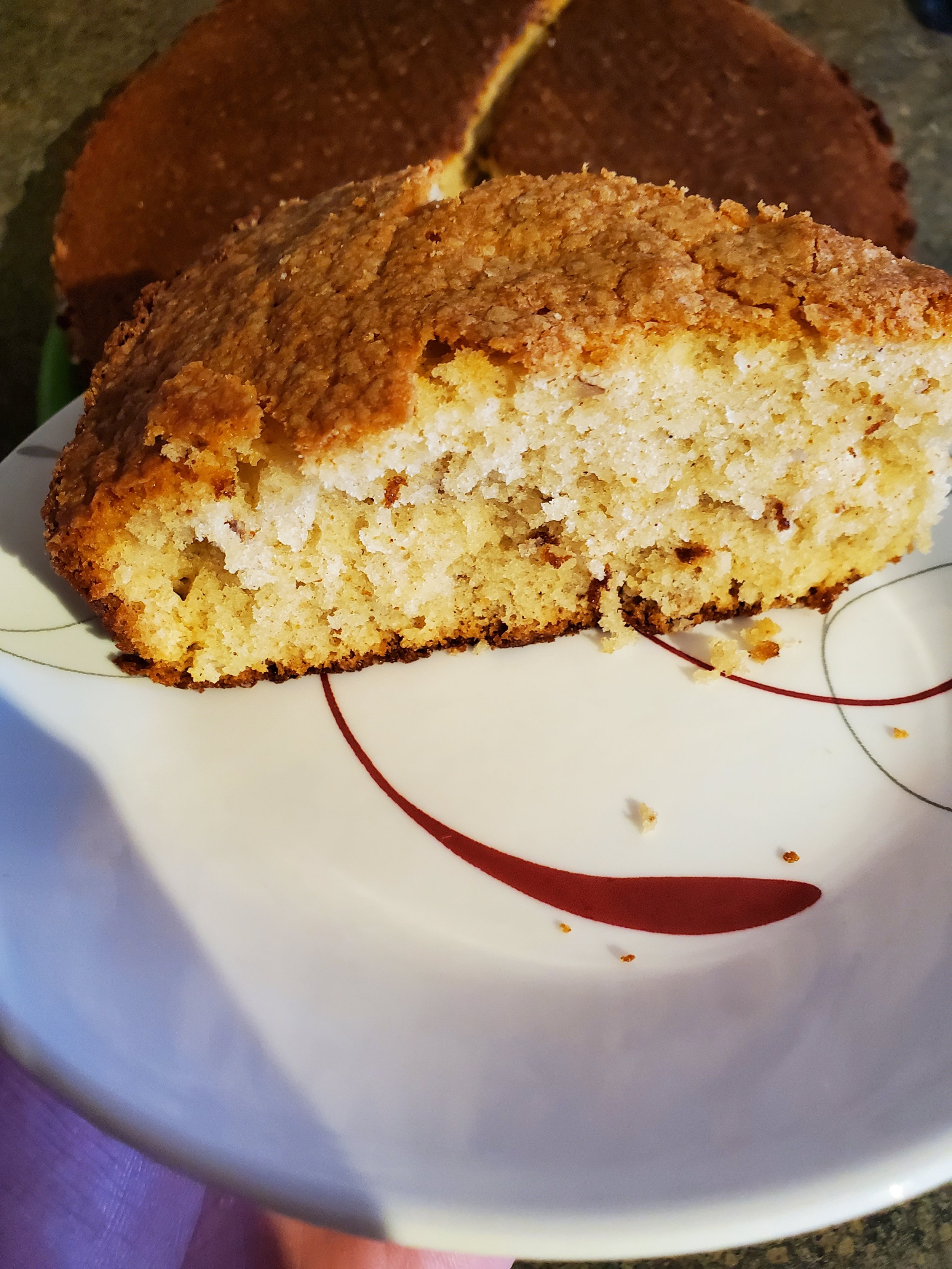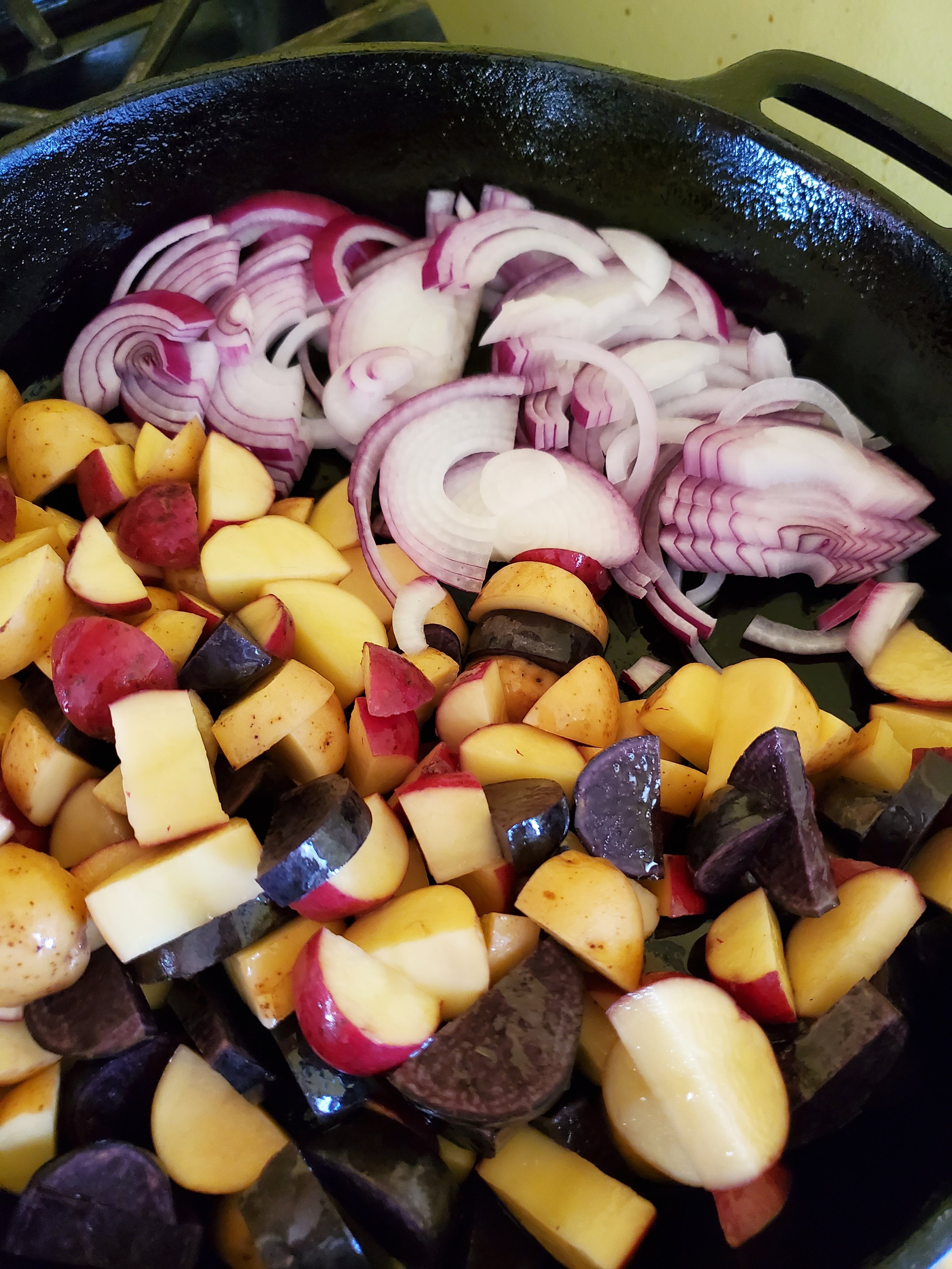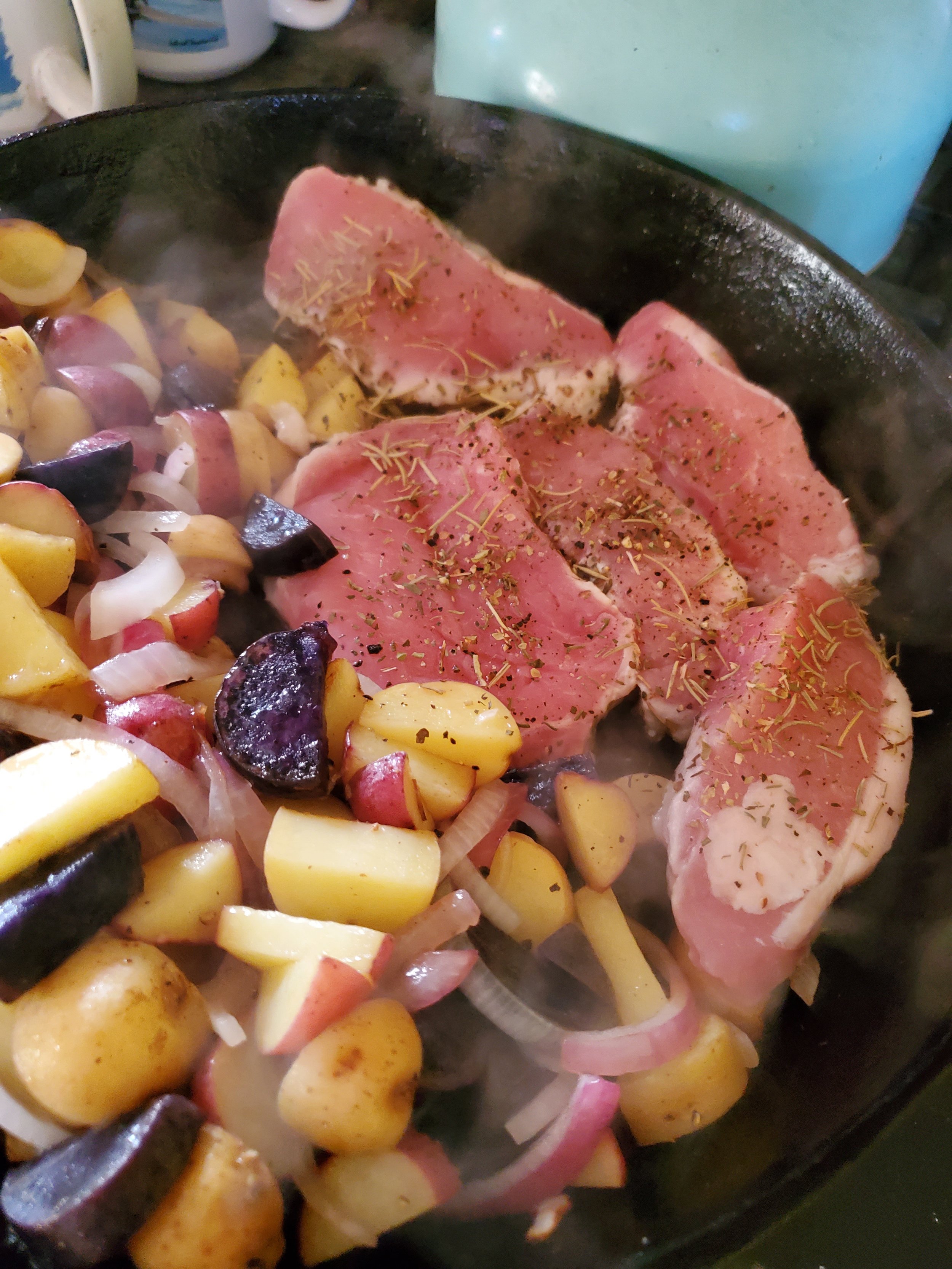Exploring Refrigerator Types: A Comprehensive Guide
Navigating the realm of refrigerator options can be a daunting task. With a myriad of choices available, from top freezers to French doors and column refrigerators, the decision-making process can feel overwhelming. In this article, we strip away the complexities of features and hone in on the fundamental types of refrigerators, each suited to different needs and lifestyles. Join us as we explore the diverse landscape of refrigeration options, offering insights into which style might best complement your household requirements.
When you have a ton of options, it's not always easy to compare different refrigerator types. Not only do you need to look at how the refrigerator is put together but you also have all of the various features that you have to pick and choose from. We are putting aside the features in this article. Instead, we're looking at just the different types of refrigerators that you can purchase and what they might be best for.
Top Freezer
The top freezer is straightforward, just with the label says. You have your freezer on top and a larger refrigerated cabinet underneath.
Pros and cons for a top freezer
Pros
Basic
Easy to find
You don’t need a ton of space
Cons
Very bare bones in design
Rarely comes with additional features
A top freezer is great if you need to have a refrigerator yesterday. Or if you are looking to add an extra refrigerator to your household but it doesn't need to be the main refrigerator. You may want one for a guest house or for the man cave you're putting together. A top freezer refrigerator is great when you need something simple.
Bottom Freezer
A bottom freezer is what happens if you take a top freezer and put it on its head. Voila, bottom freezer. Typically, the bottom freezer will be a drawer rather than just a door opening the way a top freezer is .
Pros and cons for a bottom freezer
Pros
Has more space than a top freezer
Costs less on average than other fridge options
Cons
Hard to keep organized
Fewer shelves or compartments
A bottom freezer, in our opinion, is the best if you're looking to expand your storage. Maybe you now have teenagers in the house, and they eat a lot. You may be combining households and you need a way to store all of the extra food. Whatever the case, bottom freezers are fantastic for maintaining your sanity and adding storage.
Side by Side Refrigerator
A side-by-side refrigerator is the same dimensions as a standard refrigerator but with a split all the way down. This separates one side as a freezer and one side as a refrigerator.
Pros and cons for a side-by-side refrigerator
Pros
No stooping for items in your freezer
Has a lower door clearance
Lots of organization options
Cons
Fridge and freezer are thinner than standard
Difficult to store wide objects like sheet pans
Due to design, many will have issues with temperature differences between the top and bottom of the fridge side.
This is dangerous for items up top if the fridge is too full.
We think a side-by-side refrigerator is a good first step if you're looking to move beyond that first dorm room fridge. You want something a little nicer but you're not ready to go for some of the other models just yet. Or if you don't need to store a ton of food, a side-by-side is great.
French Door Refrigerator
A French door takes a bottom refrigerator and combines it with a side-by-side You have the larger refrigerator compartment but the ease of opening only one door at a time. You also have a lovely large bottom-drawer freezer.
Pros and cons for French door refrigerators
Pros
Full size or larger fridge and freezer
Most common variety of freezer
Manufacturers make them with lots of different feature options
Has better temperature control than other varieties
Cons
Most will have drawer freezers
Often are wifi enabled by default
This is great if you've got a large family. Not only do you have the larger space of your refrigerator, but you also have more features and better temperature control, which means your food is going to last longer. It's also great for those times when “but I don't know what I want” ends in leaving one door open for ages, staring at the food.
Column Refrigerators
Finally, we have the ultimate in customization, the column refrigerator. You can choose whatever you want it to be and almost any size. Whether it's a refrigerator, freezer, or wine cellar, it's all possible. The difference is that each column will be an individual unit. It's not a two-in-one.
Pros and cons for column refrigerator
Pros
Built-in
Concealed behind panels
Can be modified for whatever you want
You can control the temperature, humidity, and even vibration
Cons
Customizability = price hike
You have to have at least 2, one for a refrigerator and one for a freezer
We see more and more clients leaning towards the column refrigerator because they are so very customizable. If you want the ultimate in refrigeration, this is what you're going to be looking at.
Finally, we want to touch on a few different terms.
Counter depth
This isn't actually a type of refrigerator, it's more of a feature. What it means is that you have an open enclosure in your kitchen it will slot in and be flush with your counter, not counting the doors and handles. If this isn't something you specifically need though, we advise not bothering. They're fantastic if you're looking for an aesthetic. But they really cut down on the amount of space that you have.
Freestanding
A free-standing model is all about versatility. These are the ones where you go to a store and pick out the exact features you want. Depending on how much food you need to store, you might choose a counter-depth one or a full depth. They're designed to be relocated as needed and are chock-full of features so that you do become attached to them.
Pros and cons for a freestanding refrigerator
Pros
Lots and lots of features
Some customization
Can have counter-depth or full depth
No need for professional installation
Less expensive
Width options, up to 36”
Door style options
Easy to relocate
Cons
Shorter lifespan, compared to built-in
36” in width isn’t always enough
Even if you get a 24” depth refrigerator, due to the doors and handles, it won’t actually be flush with your counters.
Built-in
Built-in refrigerators, on the other hand, are any type of refrigerator that is built into your kitchen. Your cabinets, your counters, all of these wrap around your refrigerator and make it extremely difficult to remove. But if you're building your dream home and you have no intention of moving, then the mobility of the refrigerator doesn't matter much.
Pros & Cons for a built-in refrigerator
Pros
Typically taller
Fully Customizable
Cons
Doesn’t move if you do
Only 24” deep to match your counters
Costs far more
Must be professionally installed
As you weigh your refrigerator options, remember that Appliance Rescue Service is here to support you beyond the selection process. Whether your appliance is in need of repair, maintenance, or restoration, our team specializes in servicing a wide range of major appliances. With our expertise and dedication to quality craftsmanship, we ensure that your appliances remain in optimal condition, serving your household for years to come. Don't hesitate to contact us today to schedule a repair appointment or visit our website for more information on our services. Trust Appliance Rescue Service to keep your appliances running smoothly.





